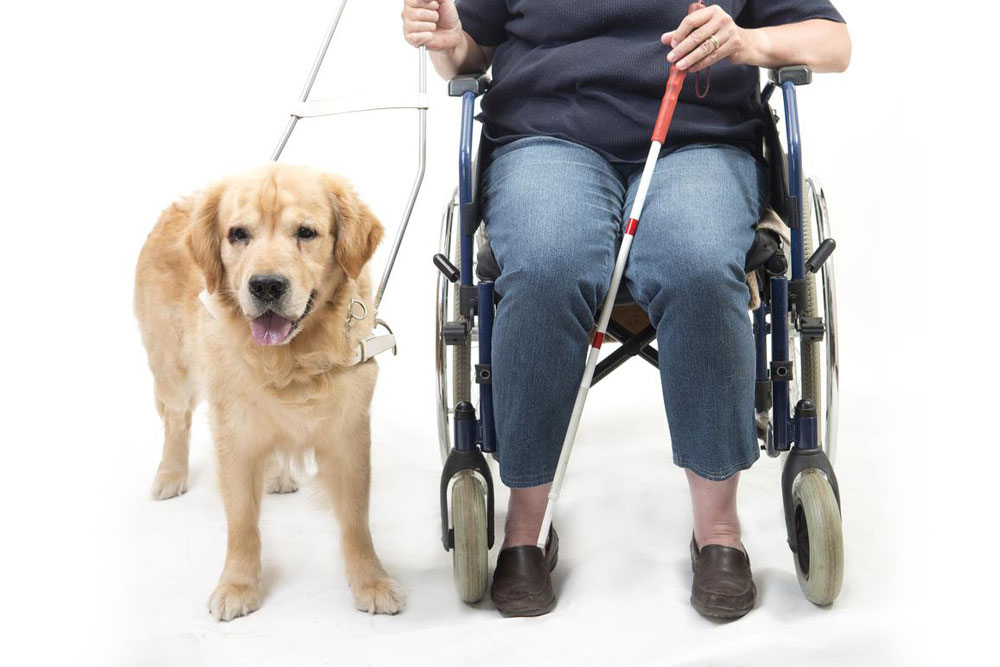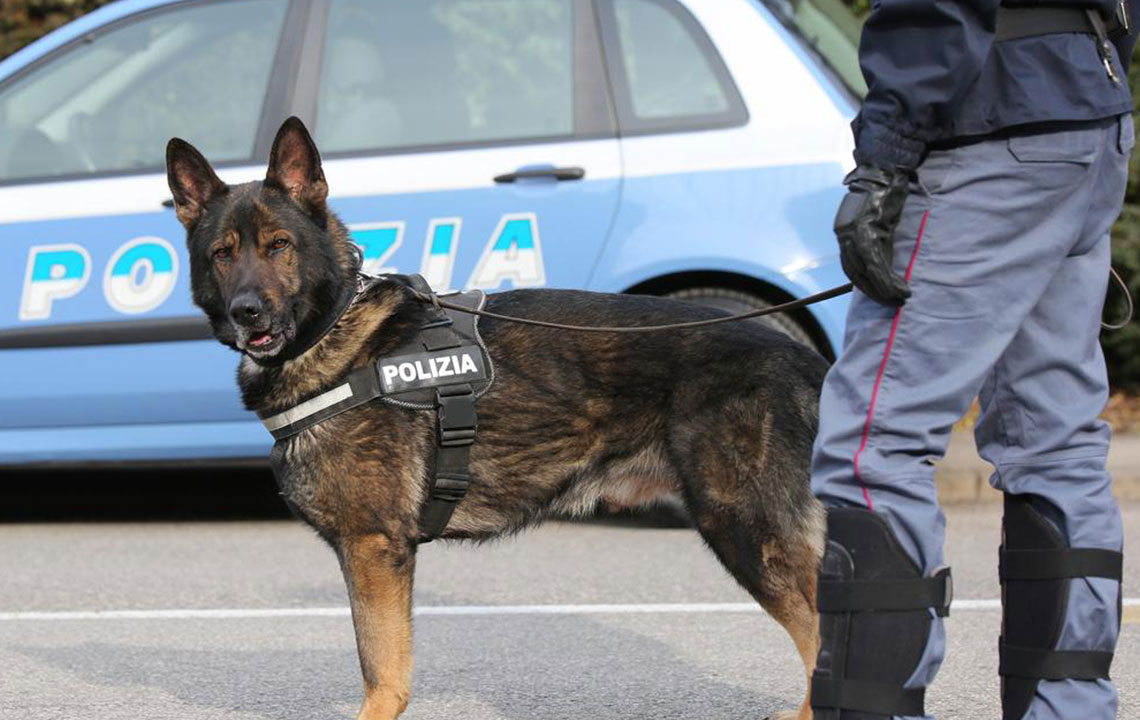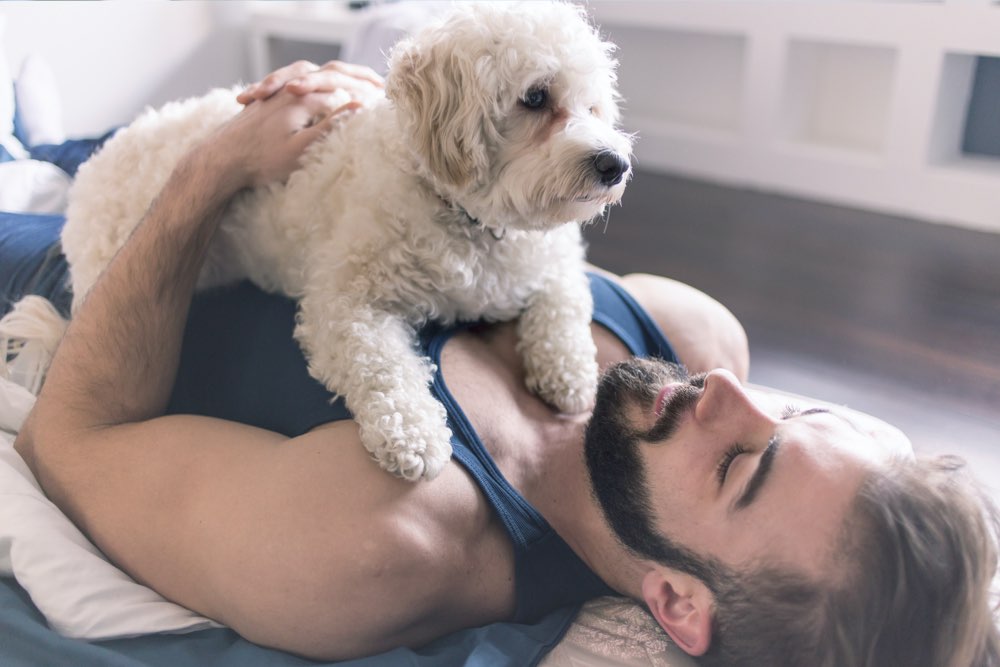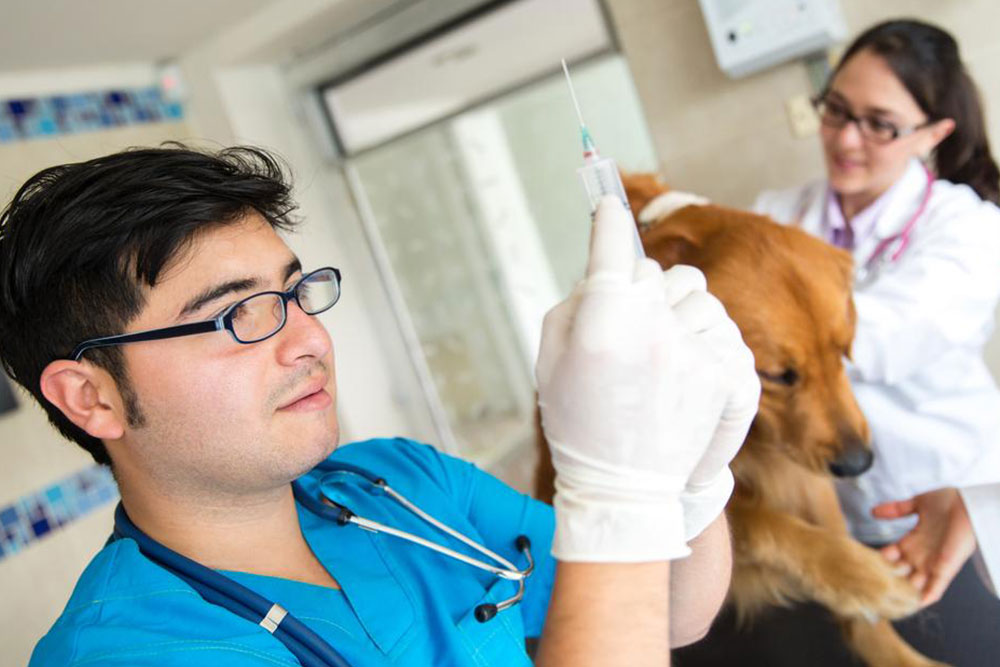Guide to Obtaining Certification for Service Dogs
Learn everything about obtaining a service dog certification, from legal rights under the ADA to registration processes. Discover the best breeds, certification steps, and key tips to ensure your service dog is recognized and trusted in public spaces.
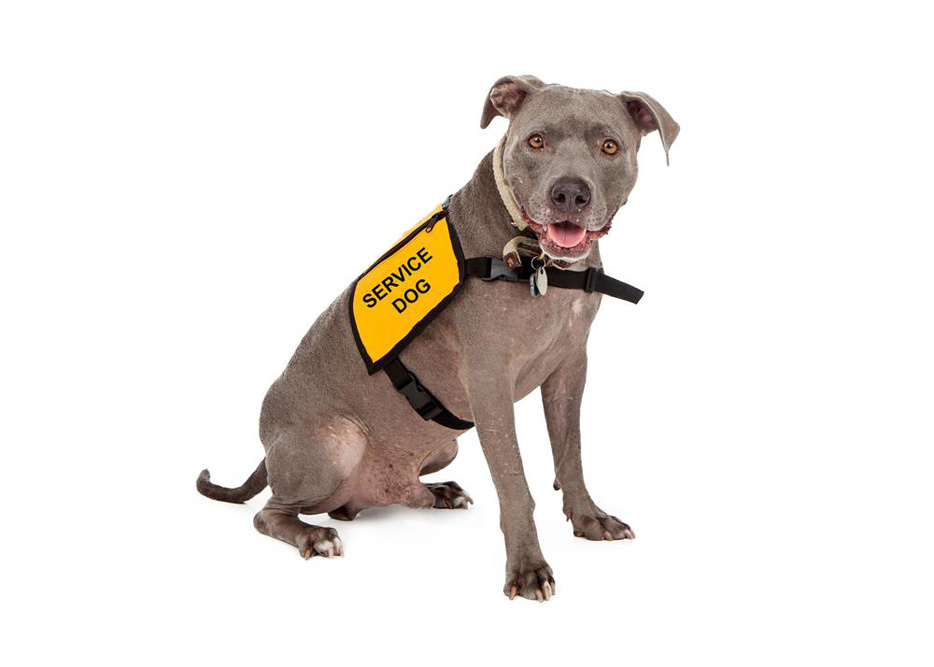
Guide to Obtaining Certification for Service Dogs
Service dogs are specially trained animals that assist individuals with disabilities by performing specific tasks. They support those with visual and hearing impairments in navigation, help manage PTSD-related anxiety episodes, and protect during seizures. These dogs are considered working animals. Popular breeds suitable for service roles include Golden Retrievers, Labrador Retrievers, and German Shepherds because of their temperaments.
According to the Americans with Disabilities Act (ADA), individuals with disabilities or mental health conditions can qualify for a service dog.
The ADA prohibits denial of access to public spaces such as restaurants, airports, hotels, or housing for certified service dogs, provided they are well-behaved and housetrained. Any dog trained as a working animal can qualify, regardless of breed, as long as it is properly trained.
Getting your service dog certified grants official documentation that allows access to public areas without issues. Certification often involves the dog wearing an ID vest or tag to notify the public of its role.
During air travel, airlines typically verify service dog status via tags and vests. When registering your service dog online, you'll find various registries. It's important to choose reputable organizations, as some charge excessive fees or are scams. The US Dog Registry offers a straightforward, secure three-step registration process—select a suitable kit, provide accurate information, and submit your application for processing.
Your service dog must pass the Public Access Test, which ensures the animal's good behavior, stability, and suitability for public environments. This test confirms that the handler maintains control and that the dog won't cause harm.

